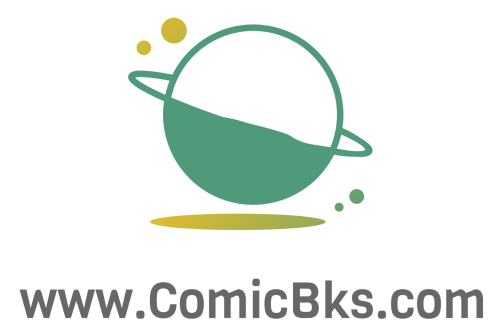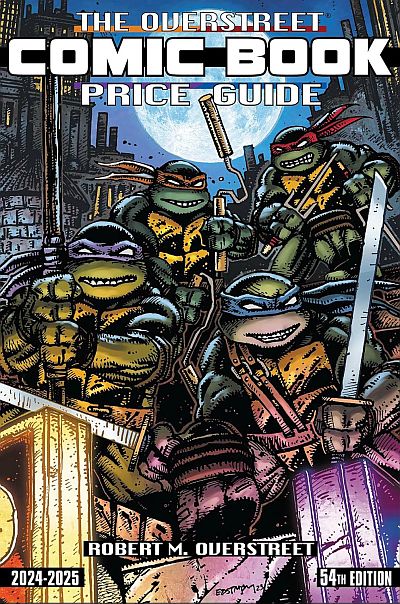Welcome, fellow comic book enthusiasts, to a journey through the groundbreaking and genre-defying masterpiece that is Watchmen. Published by DC Comics from 1986 to 1987, this twelve-issue limited series, written by Alan Moore and illustrated by Dave Gibbons, has left an indelible mark on the landscape of graphic storytelling. Prepare to be taken on a rollercoaster of moral complexity, masked identities, and a world on the brink of collapse.
1. **Birth of the Watchmen:**
Watchmen emerged during a transformative period in comic book history, where traditional superhero tropes were being challenged. Alan Moore, known for his cerebral storytelling, and Dave Gibbons, a visual virtuoso, joined forces to create a narrative that would not only deconstruct the superhero archetype but also redefine the possibilities of the medium itself.
2. **Character Depth and Moral Ambiguity:**
Unlike the archetypal “good vs. evil” narratives, Watchmen plunges readers into a morally murky world where heroes grapple with the consequences of their actions. Characters like Rorschach, Dr. Manhattan, and Ozymandias are not the flawless symbols of justice we’re accustomed to; instead, they’re complex, flawed individuals navigating a morally gray universe.
3. **The Anatomy of a Graphic Novel:**
Watchmen isn’t just a story; it’s a meticulously crafted piece of visual storytelling. Dave Gibbons’ artwork complements Moore’s narrative, creating a seamless fusion of words and images. The meticulous nine-panel grid layout becomes a storytelling device in itself, allowing for a unique pacing that builds tension and emphasizes crucial moments.
4. **Intricacies of World-Building:**
Set in an alternate reality where the presence of superheroes has altered the course of history, Watchmen explores the sociopolitical implications of masked vigilantism. The intricate world-building, complete with supplemental material like the “Tales of the Black Freighter” and excerpts from in-universe books, enriches the narrative and immerses readers in a world that feels eerily familiar yet distinctly different.
5. **The Symbolism of the Smiley Face:**
The iconic yellow smiley face with a bloodstain is not just a logo; it’s a symbol that encapsulates the essence of Watchmen. Delve into the layers of meaning behind this seemingly simple image and uncover its significance in the narrative, from the fragility of peace to the unraveling of masked identities.
6. **Legacy and Impact:**
Watchmen’s influence extends far beyond the confines of comic book pages. Explore the series’ impact on the superhero genre, its adaptation into a critically acclaimed film, and its enduring legacy in popular culture. From its deconstruction of superheroes to its exploration of existential themes, Watchmen continues to resonate with audiences decades after its initial publication.
Conclusion:
As we wrap up our exploration of Watchmen, it’s evident that this graphic novel transcends the boundaries of traditional superhero storytelling. It challenges readers to question the very nature of heroism, morality, and the consequences of absolute power. Whether you’re a seasoned comic book aficionado or a newcomer to the medium, Watchmen remains a timeless and essential read that will leave you pondering its intricacies long after you’ve turned the final page. Embrace the complexity, unmask the layers, and let the legacy of Watchmen unfold before your eyes.







